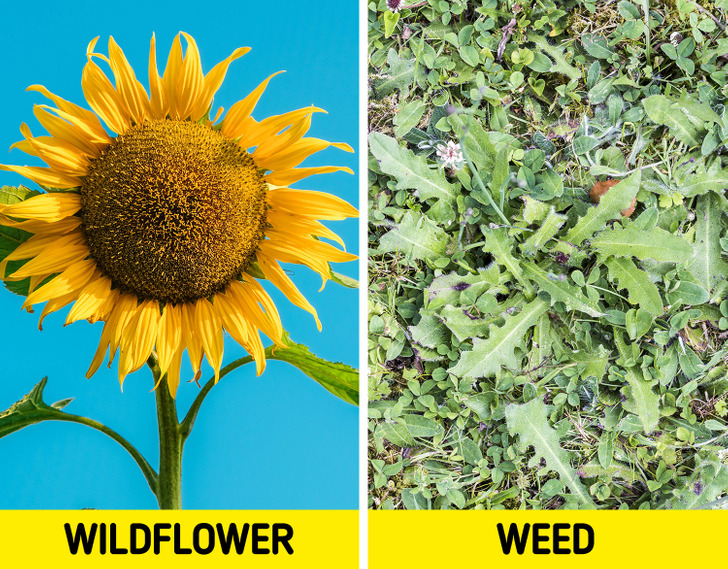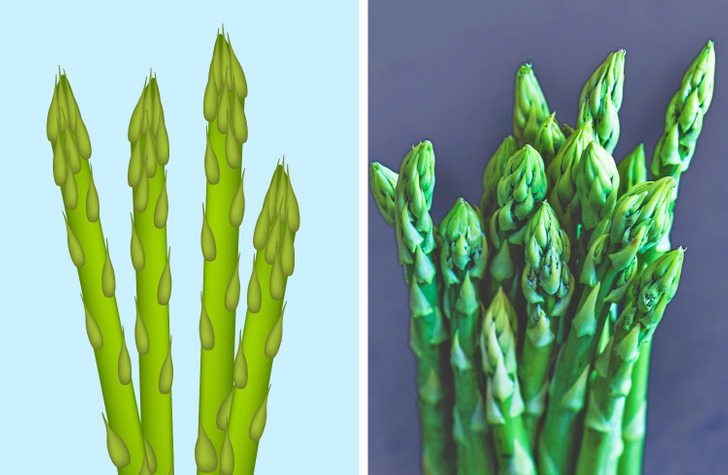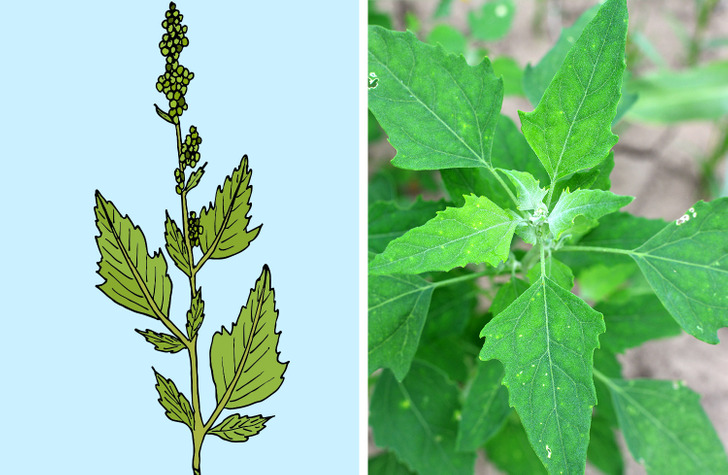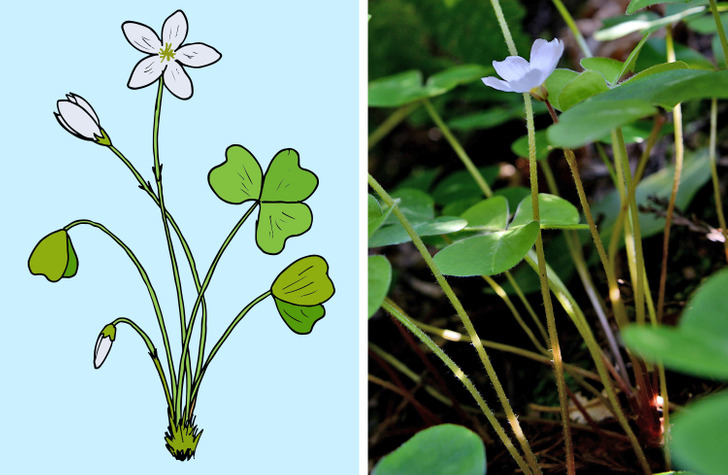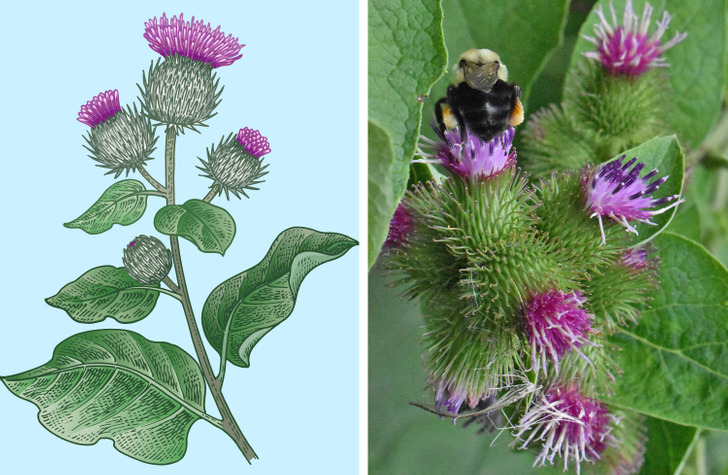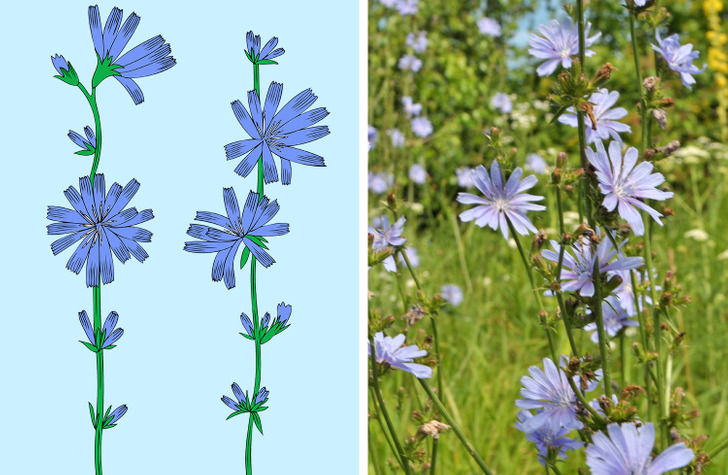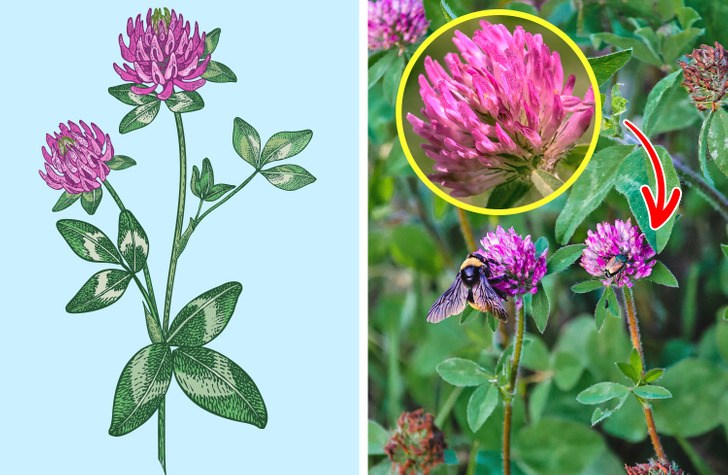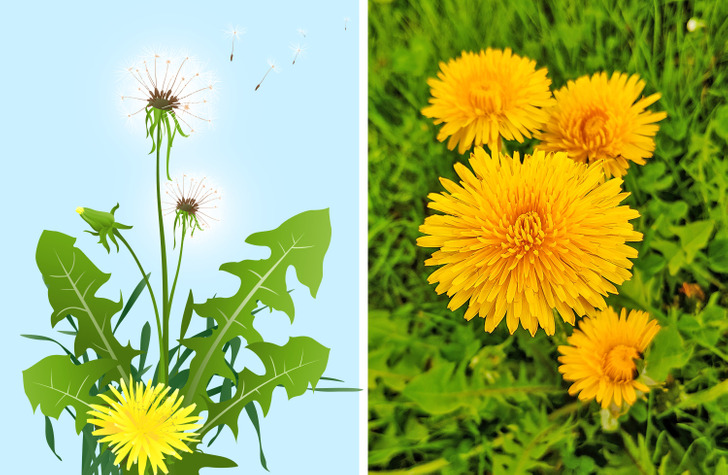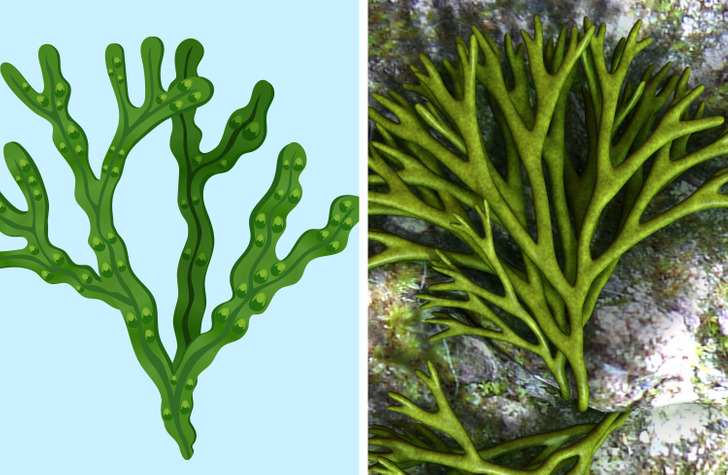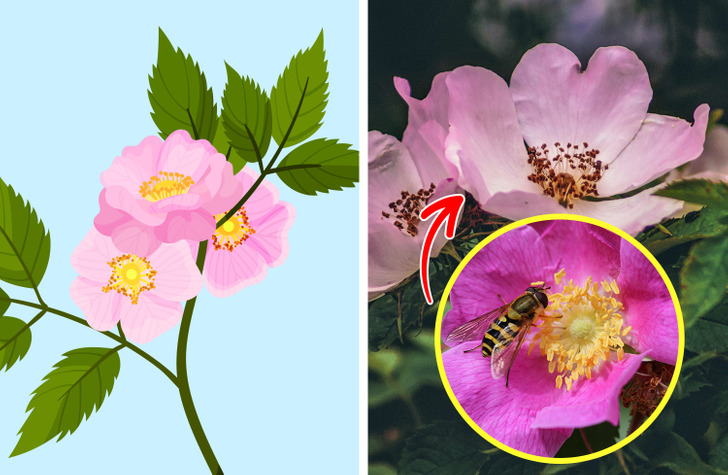A Guide to Wild Edible Plants
Nature is a treasure trove full of wild edible plants and flowers that contain beneficial vitamins and minerals in their roots, stems, leaves, flowers, and fruits. When you find yourself outside the city limits, it’s good to remember that wild plants can be your delicious refreshments for the day.
5-Minute Crafts rounded up several edible wild plants for you in case you may want to add them to your daily regime one day.
❗ This article is prepared for educational and gardening purposes only.
What the difference between a wildflower and a weed is
Native plants are adapted to the local climate and soil naturally, where they maintain their genetic purity in local ecosystems. A wildflower refers to uncultivated flowering plants that aren’t grown by people. They’re rich in vitamins and minerals. A weed is defined as any plant that grows unwanted and quickly.
1. Asparagus
- Specifications: Wild asparagus (Asparagus Officinalis), also known as sparrow grass, is a tall perennial spring plant whose stems are slender, green, and firm providing a crisp texture. They have green or purple conifer-like crowns and similarly colored leaves growing along the branches. If left to grow, they produce edible crops for 30 years. When not over-harvested, they can reach 40-60 inches (100-150 centimeters) in height.
- Native to Europe, Asia, and northern Africa.
- Habitats: areas with looser soil, around water sources, and close to the sun.
- They’re famous for their earthy, grassy, and nutty flavor.
2. Lamsquarters
- Specifications: Lamsquarters (Chenopodium album), also known as goosefoot or pigweed, takes its name from its prominent goosefoot-like leaves. Their red-streaked stems and clustered spikes make them noticeable. They’re durable, growing abundantly in different places spontaneously up to 5 feet (1.52 meters) tall. They contain a soap-like substance named saponin; it’s better not to consume a lot.
- Native to Europe with different species found in North America.
- Habitats: roadsides, fields, coastal beaches, rocky slopes, and meadows.
- They’re used in dishes and making tea thanks to their lightly aromatic taste.
3. Wood sorrels
- Specifications: With several hundred species, wood sorrels (Oxalis acetosella) are medium-sized sourgrasses with three heart-shaped leaflets which can reach 3.9 inches (10 centimeters). Their flavor is very similar to sheep’s sorrel. Their sour taste comes from their oxalic acid content.
- Native to North America.
- Habitats: shaded areas, damps, pristine woods, and forest clearings.
- They’re used in soup or green soup. All parts are edible and consumed raw or cooked.
4. Burdock
- Specifications: Common burdock (Arctium minus), also known as lesser burdock or wild rhubarb, is a biennial that can reach 5 feet 11 inches (1.8 meters) in height. Their roots come in various colors ranging from beige to brown. Their purple flowers blossom from July through October.
- Native to northern Asia and Europe.
- Habitats: meadows, open fields, gardens, and roadsides.
- They’re used in soups, burdock vinegar, and stir-fries.
5. Chicory
- Specifications: Chicory (Cichorium intybus) is a perennial plant with blue daisy-like flowers whose seeds, roots, and above-ground parts are used in medicine for liver or heart health, swelling, and constipation, results of which haven’t been supported yet. They can grow up to 4 feet 11 inches (1.5 meters) tall.
- Native to Europe.
- Habitats: sunny, well-drained soils of pastures, grassy fields, highway shoulders.
- They’re used in salads, coffee, and foods as a cooking herb to add flavor. Most parts are edible; leaves are high in vitamin C and folic acid.
6. Red clover
- Specifications: Red clover (Trifolium pratense) is a short-lived, perennial, dark-pink flowering plant that grows between 8 to 31 inches (20 to 80 centimeters) tall. They are rich in chemicals called phytoestrogens and isoflavones, providing the soil with nitrogen. Their flowers’ frequent visitors are generally bumblebees. They start blooming in late spring till mid-summer, lasting up to 2 months.
- Native to Europe, western Asia, and northern Africa.
- Habitats: fields, pastures, weedy meadows, vacant lots, grassy areas along roads, and waste areas. They cultivate in full sun but tolerate partial sun, too.
- They’re known for their mild honey fragrance and their clover-like aroma.
7. Dandelions
- Specifications: Dandelion (Taraxacum Officinale) is a perennial yellow flowering plant whose all parts are edible. They can grow from 2-16 inches (5-40 centimeters) to 28 inches (70 centimeters) tall. They can go deep into the soil up to 15 feet (4.57 meters). Their leaves, stem, flower, and root the plant for medicinal purposes.
- Native to Eurasia and North America.
- Habitats: fields, lawns, forests, gardens, or even wastelands. They love moisture and sunlight.
- They’re used in green salads, soups, stews, and teas.
8. Green sea fingers
- Specifications: Green sea fingers (Codium fragile), also known as green sponge, or green fleece, is a dark green tubular, dendritic, fingerlike plant with many species that appear all year. The fingers can branch up and reach more than 11.8 inches (30 centimeters).
- Native to the Pacific Ocean near Japan.
- Habitats: salt marshes, open water, tide pools, rocky shores, and subtidal on high-energy beaches. They need low sunlight and up to 75.2°F (24°C) temperatures for optimal growth.
- They’re used in burger pairings.
9. Wild rose
- Specifications: Wild rose (Rosa acicularis), also known as the Arctic rose or bristly rose, is a pink, perennial, multi-stemmed hardy flowering plant with red hips and 3 to 7 leaflets. They can reach up to 9.84 feet (3 meters) in height. Their fruity part (rosehip) comes in a round or oval shape and contains many seeds inside.
- Native to North America, Europe, and Asia.
- Habitats: cliffs, rocky bluffs, balds, ledges, ridges, ledges.
- Used in jelly, infused oils, tea, etc.
